Description
Continuing the tradition of the first through the seventh editions of Digital and Analog Communication Systems, this eighth edition provides the latest up-to-date treatment of digital communication systems. It is written as a textbook for junior or senior engineering students and is also appropriate for an introductory graduate course. It also provides a modern technical reference for the practicing electrical engineer.
A Student Solutions Manual contains detailed solutions for over 100 selected end-of-the-chapter homework problems. For the selected problems that have computer solutions, MATLAB solution files are available for downloading here. You can download the Student Solutions Manual and the MATLAB files.
This revision of Couch’s authoritative text provides the latest treatment of digital communication systems. The author balances coverage of both digital and analog communication systems, with an emphasis on design. Readers will gain a working knowledge of both classical mathematical and personal computer methods to analyze, design, and simulate modern communication systems. MATLAB is integrated throughout.

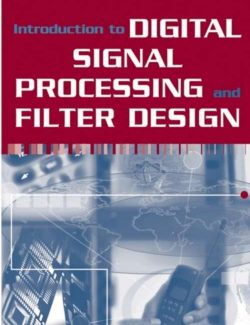


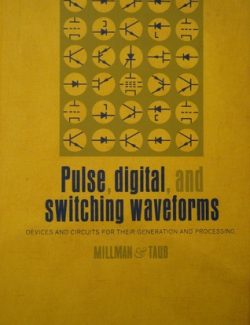

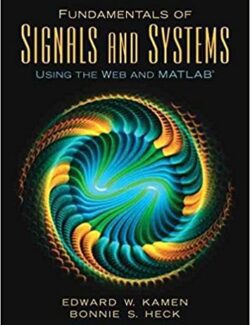
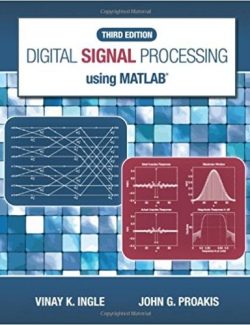
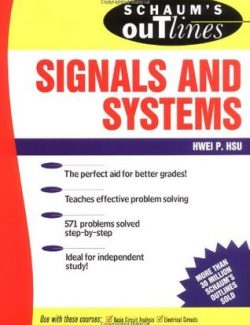

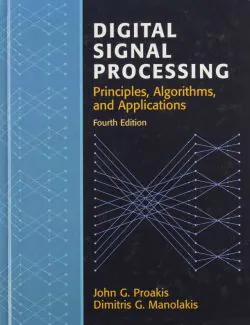


Leave us a comment
No Comments